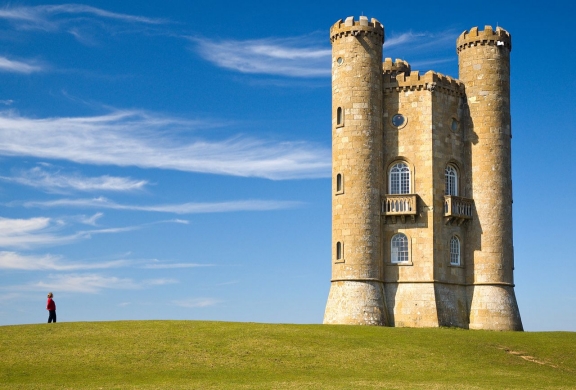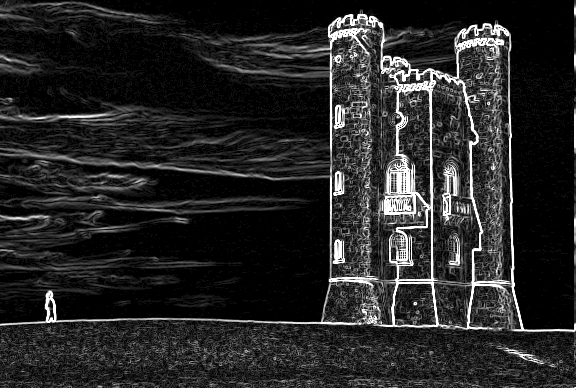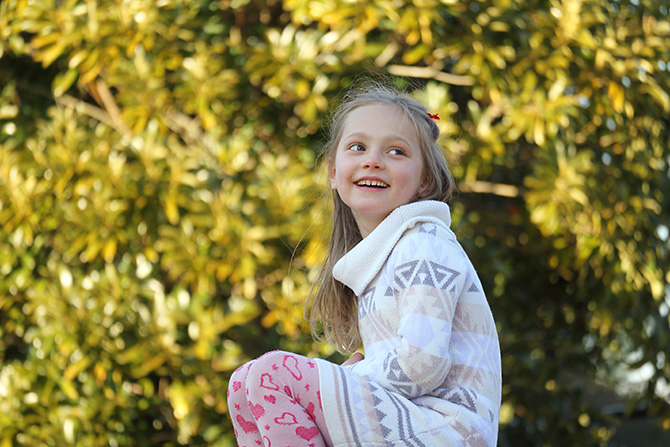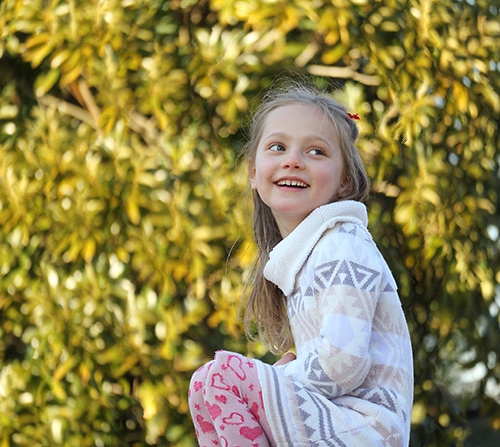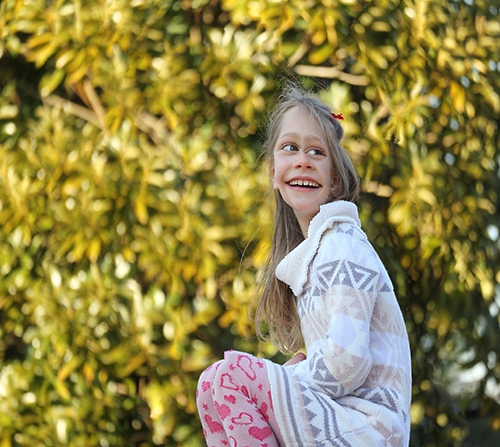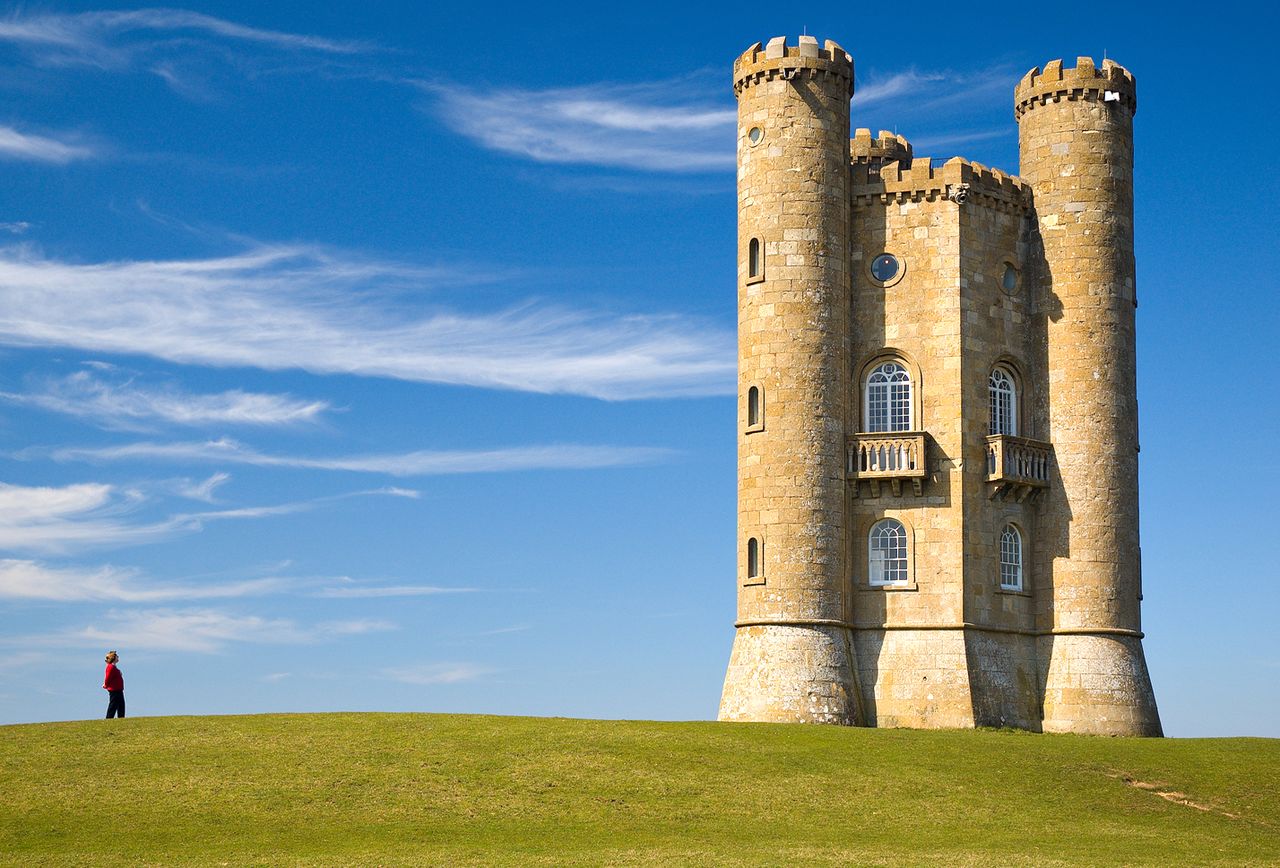 Documentation
¶
Documentation
¶
Overview ¶
Package caire is a content aware image resize library, which can rescale the source image seamlessly both vertically and horizontally by eliminating the less important parts of the image.
The package provides a command line interface, supporting various flags for different types of rescaling operations. To check the supported commands type:
$ caire --help
In case you wish to integrate the API in a self constructed environment here is a simple example:
package main
import (
"fmt"
"github.com/esimov/caire"
)
func main() {
p := &caire.Processor{
// Initialize struct variables
}
if err := p.Process(in, out); err != nil {
fmt.Printf("Error rescaling image: %s", err.Error())
}
}
Index ¶
- type C
- type Carver
- func (c *Carver) AddSeam(img *image.NRGBA, seams []Seam, debug bool) *image.NRGBA
- func (c *Carver) ComputeSeams(p *Processor, img *image.NRGBA) (*image.NRGBA, error)
- func (c *Carver) FindLowestEnergySeams(p *Processor) []Seam
- func (c *Carver) Grayscale(src *image.NRGBA) *image.NRGBA
- func (c *Carver) RemoveSeam(img *image.NRGBA, seams []Seam, debug bool) *image.NRGBA
- func (c *Carver) RotateImage270(src *image.NRGBA) *image.NRGBA
- func (c *Carver) RotateImage90(src *image.NRGBA) *image.NRGBA
- func (c *Carver) SobelDetector(img *image.NRGBA, threshold float64) *image.NRGBA
- func (c *Carver) StackBlur(img *image.NRGBA, radius uint32) *image.NRGBA
- type D
- type Gui
- type Processor
- type Seam
- type SeamCarver
Constants ¶
This section is empty.
Variables ¶
This section is empty.
Functions ¶
This section is empty.
Types ¶
type Carver ¶
Carver is the main entry struct having as parameters the newly generated image width, height and seam points.
func (*Carver) ComputeSeams ¶
ComputeSeams compute the minimum energy level based on the following logic:
traverse the image from the second row to the last row and compute the cumulative minimum energy M for all possible connected seams for each entry (i, j).
the minimum energy level is calculated by summing up the current pixel value with the minimum pixel value of the neighboring pixels from the previous row.
func (*Carver) FindLowestEnergySeams ¶
FindLowestEnergySeams find the lowest vertical energy seam.
func (*Carver) RemoveSeam ¶
RemoveSeam remove the least important columns based on the stored energy (seams) level.
func (*Carver) RotateImage270 ¶
RotateImage270 rotate the image by 270 degree counter clockwise.
func (*Carver) RotateImage90 ¶
RotateImage90 rotate the image by 90 degree counter clockwise.
func (*Carver) SobelDetector ¶ added in v1.4.0
SobelDetector uses the sobel filter operator for detecting image edges. See https://en.wikipedia.org/wiki/Sobel_operator
type D ¶ added in v1.4.4
type D = layout.Dimensions
type Gui ¶ added in v1.4.1
type Gui struct {
// contains filtered or unexported fields
}
Gui is the basic struct containing all of the information needed for the UI operation. It receives the resized image transferred through a channel which is called in a separate goroutine.
func (*Gui) DrawSeam ¶ added in v1.4.1
DrawSeam visualizes the seam carver in action when the preview mode is activated. It receives as parameters the shape type, the seam (x,y) coordinates and a dimmension.
func (*Gui) EncodeSeamToImg ¶ added in v1.4.1
func (g *Gui) EncodeSeamToImg()
EncodeSeamToImg draws the seams into an image widget.
type Processor ¶
type Processor struct {
SobelThreshold int
BlurRadius int
NewWidth int
NewHeight int
Percentage bool
Square bool
Debug bool
Preview bool
FaceDetect bool
ShapeType string
SeamColor string
MaskPath string
RMaskPath string
Mask *image.NRGBA
RMask *image.NRGBA
GuiDebug *image.NRGBA
FaceAngle float64
PigoFaceDetector *pigo.Pigo
Spinner *utils.Spinner
// contains filtered or unexported fields
}
Processor options
func (*Processor) Dither ¶ added in v1.4.5
Dither converts an image to black and white image, where the white is fully transparent.
func (*Processor) Process ¶
Process encodes the resized image into an io.Writer interface. We are using the io package, since we can provide different input and output types, as long as they implement the io.Reader and io.Writer interface.




